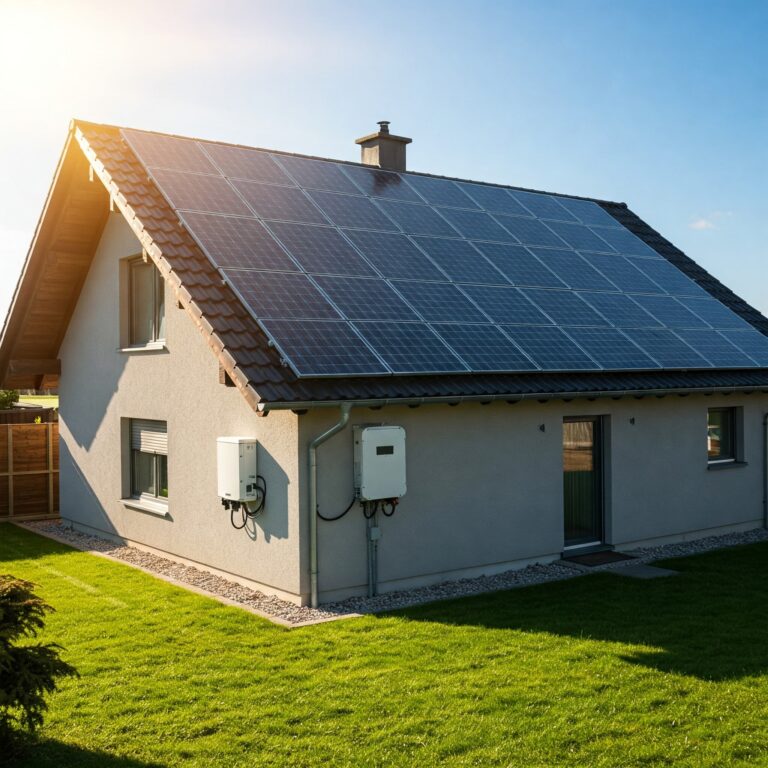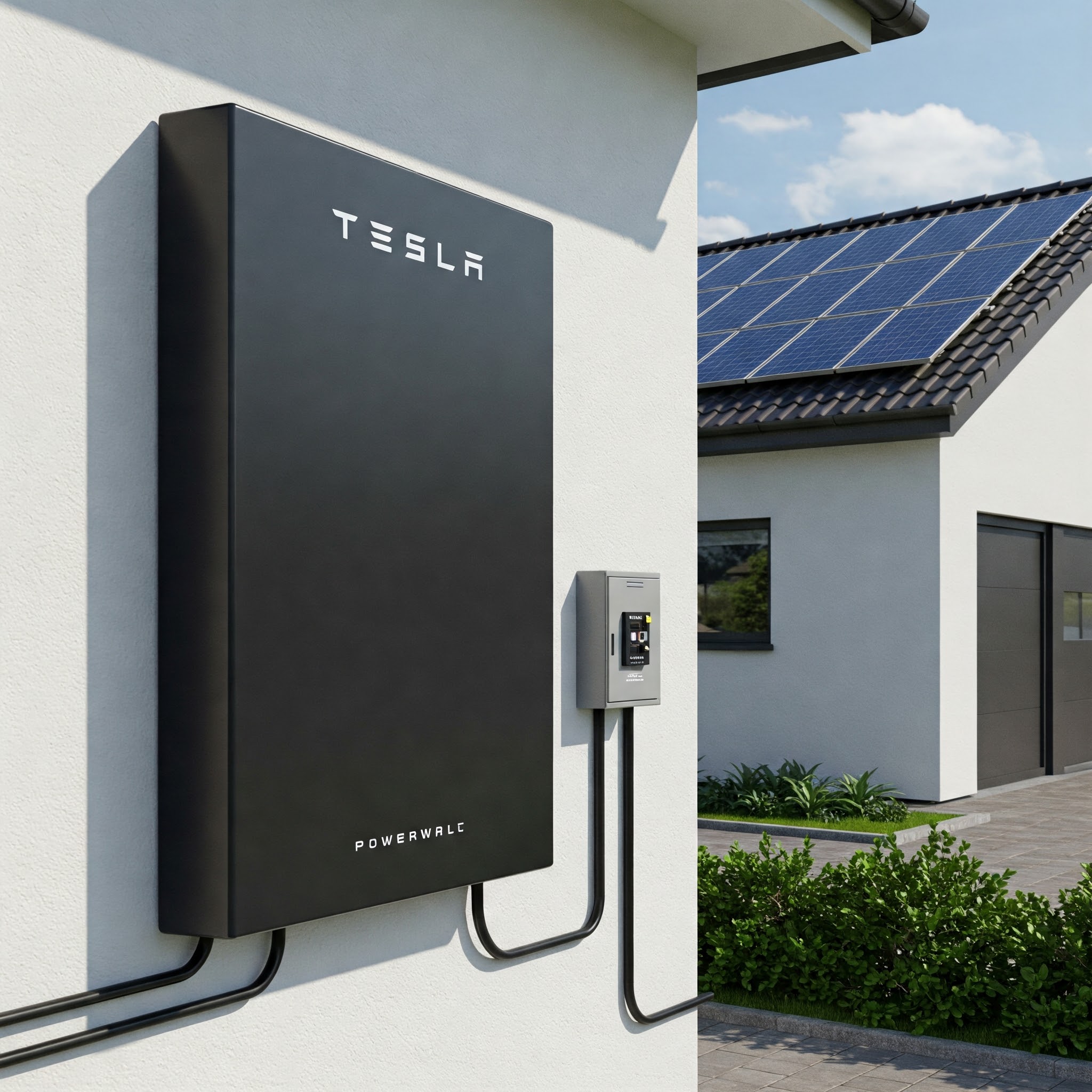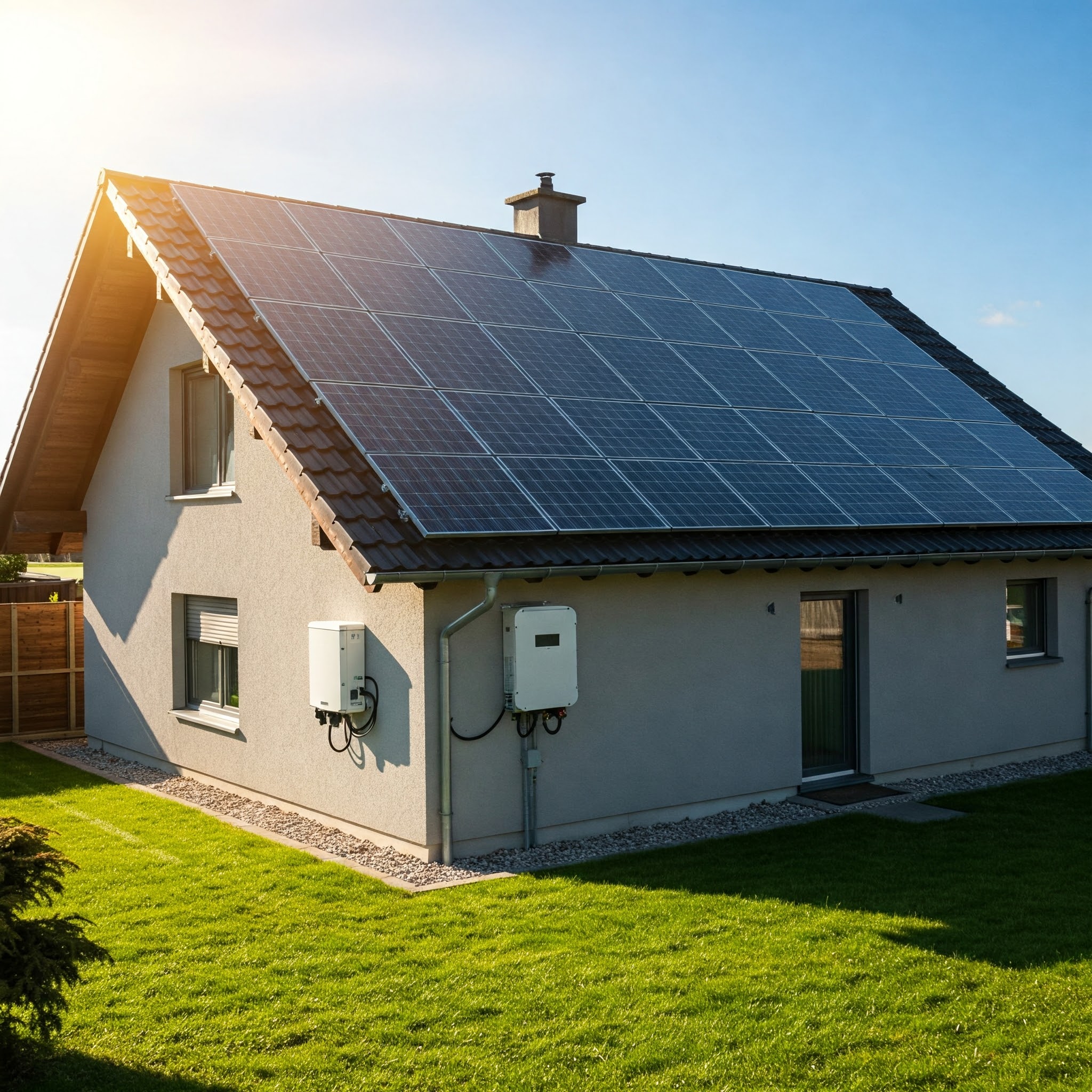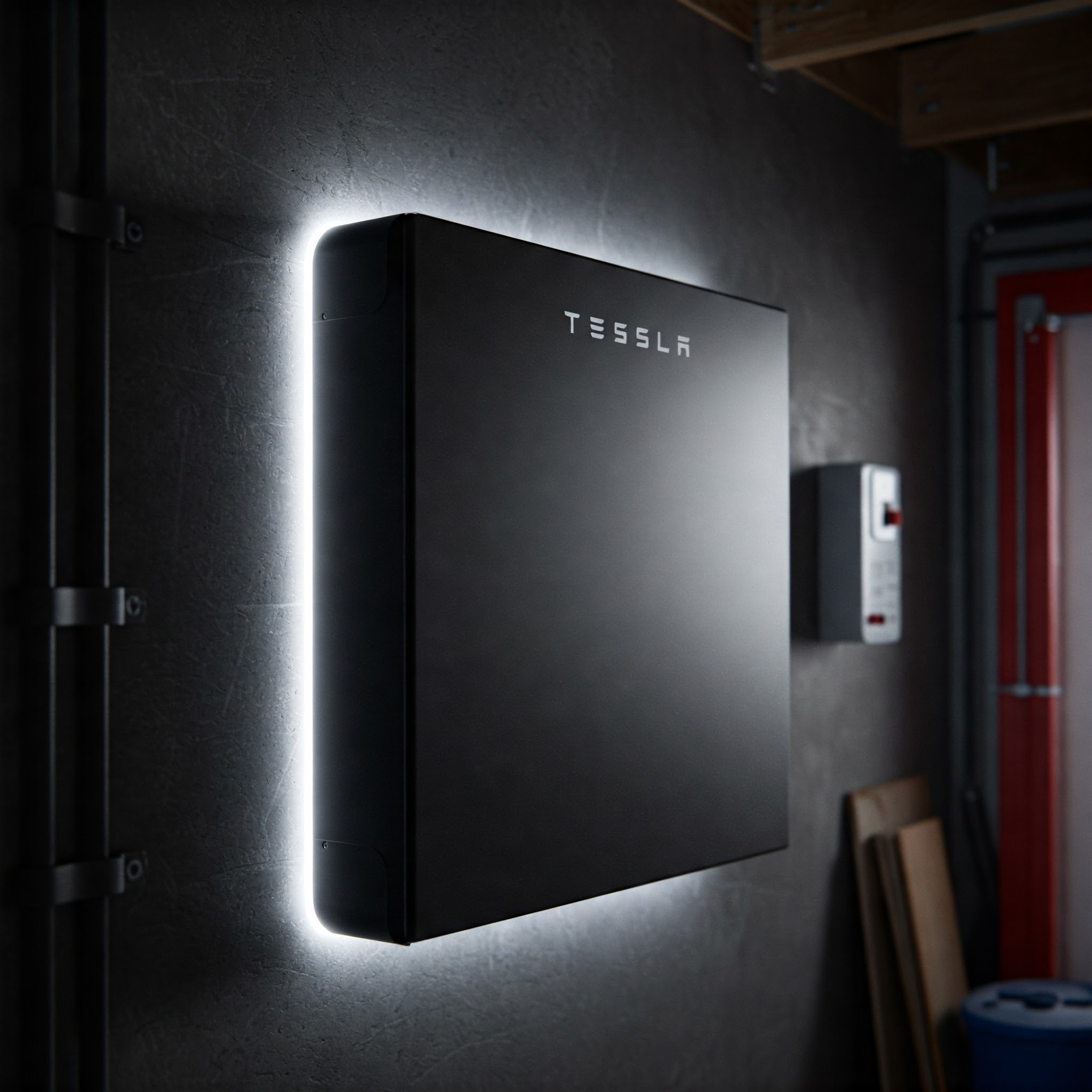You’ve decided to go solar – congratulations! Installing solar panels is a fantastic step towards energy independence and lower electricity bills. But panels are only half the equation. The unsung hero of your solar energy system is the solar inverter, the crucial piece of technology that converts the raw electricity captured by your panels into the usable power that runs your home.
Choosing the right solar inverter isn’t just about getting power; it’s about maximizing your system’s performance, ensuring long-term reliability, and even setting you up for future energy needs like battery storage. With several types and top brands available in the USA, how do you make the best choice?
This guide will walk you through the key factors to consider and highlight leading inverter solutions popular with US homeowners, helping you find the perfect fit for your solar journey.
Why Your Inverter Choice Matters
Think of your solar panels as the engine and the inverter as the transmission. A great engine needs an equally great transmission to deliver power efficiently. A high-quality inverter ensures:
- Maximum Energy Harvest: Efficiently converting DC to AC power means you get the most usable electricity from the sunlight hitting your panels.
- System Performance & Monitoring: Advanced inverters offer monitoring tools to track energy production and identify any issues.
- Reliability and Longevity: A durable inverter is essential for a system designed to last 25+ years.
- Compatibility: Ensuring your inverter works seamlessly with your panels and any future battery storage is vital.
Finding Your Perfect Match: Inverters for Different Needs
The “best” inverter isn’t a one-size-fits-all answer. It depends heavily on your home’s specific characteristics, your budget, and your energy goals. Let’s look at how different needs align with popular inverter solutions in the USA:
1. For Homes with Minimal Shading & Straightforward Roofs: Efficient String Inverters
If your roof has a simple design and little to no issues with shade from trees, chimneys, or neighboring buildings throughout the day, a high-quality string inverter can be a cost-effective and very efficient solution. Panels are wired in series (a “string”), and one inverter handles the conversion for the entire string.
- Why it works: Inverters like those from SMA and Fronius are renowned for their robust build quality, high efficiency ratings (often 98%+), and proven reliability. They offer excellent performance in ideal conditions and are generally simpler and less expensive to install than systems requiring optimizers or microinverters on every panel.
- Considerations: Performance for the entire string can be affected if even one panel is shaded or underperforms.
Top Brands to Explore for String Inverters:
- SMA: A German powerhouse with decades of experience, known for durable and high-efficiency Sunny Boy string inverters.
- Fronius: An Austrian company praised by installers for reliable string inverters with user-friendly monitoring and solid performance.
2. For Homes with Shading or Complex Rooflines: Microinverters or Optimized Systems
Many homes have some degree of shading at different times of the day, or roof sections facing various directions. In these scenarios, a standard string inverter can lead to significant energy losses because the performance of the entire string is dragged down by the weakest panel. This is where panel-level electronics shine.
- Why they work: Microinverters (like those from Enphase) or Optimized String Inverters (like those from SolarEdge) allow each panel to operate independently or semi-independently. If one panel is shaded, the others continue producing at their maximum potential.
- Microinverters (Enphase): Offer true panel-level conversion and monitoring. Highly resilient and modular.
- Optimized Systems (SolarEdge): Use optimizers at each panel to condition power before sending it to a central inverter. Often highly efficient with excellent monitoring.
- Considerations: Higher upfront cost per watt compared to standard string inverters. More components in the system.
Top Brands to Explore for Shading & Complex Roofs:
- Enphase: The market leader in microinverters, offering granular monitoring and maximum energy harvest panel-by-panel.
- SolarEdge: Dominant in optimized systems, providing high efficiency and detailed performance data even with shading challenges.
3. For Homes Planning Battery Storage (Now or Later): Hybrid Inverters
If you’re looking to add battery backup to your solar system, either at the time of installation or in the future, a hybrid inverter is typically the most efficient and cost-effective solution. Hybrid inverters are designed to manage the flow of energy between solar panels, batteries, the grid, and your home’s loads.
- Why they work: Hybrid inverters eliminate the need for a separate battery inverter, simplifying the system and reducing conversion losses. Brands like SolarEdge, Fronius, and Growatt offer capable hybrid inverter options.
- Considerations: Ensure compatibility with the specific battery brands you are interested in. Hybrid inverters can be more complex than standard grid-tied inverters.
Top Brands to Explore for Battery Storage:
- SolarEdge Energy Hub: Designed for seamless integration with their battery system, offering excellent management of solar, storage, and home loads.
- Fronius GEN24 Plus: A versatile hybrid inverter known for its flexibility and robust battery compatibility.
- Growatt: Offers more budget-friendly hybrid inverter options, making battery storage more accessible.
- Tesla Solar Inverter: Primarily designed to work seamlessly within the Tesla solar and Powerwall ecosystem.
Essential Features to Look For
Regardless of the type, consider these crucial features when comparing inverters:
- Efficiency (CEC Rating): Look for the California Energy Commission (CEC) weighted efficiency rating, which provides a realistic measure of performance in varied conditions. Aim for 97% or higher.
- Warranty: Standard warranties for string inverters are typically 10-12 years, while microinverters and optimizers often have 25-year warranties. Understand what is covered (parts, labor, shipping).
- Monitoring Platform: A user-friendly app or online portal to track production, consumption, and system health is invaluable.
- Reliability & Brand Reputation: Research the manufacturer’s history, customer reviews, and bankability (their financial stability).
- Customer Support & Service: Easy access to support for troubleshooting and warranty claims is important.
Conclusion
The solar inverter is a long-term investment that plays a pivotal role in the success and performance of your solar energy system. Instead of just seeking the “top 5” based on a simple ranking, focus on identifying the inverter type and brand that best aligns with your home’s characteristics, your energy needs (including potential battery storage), and your budget.
Leading brands like SolarEdge, Enphase, SMA, Fronius, and Growatt offer a range of high-quality solutions for the US market, each with its own strengths. By considering the factors outlined in this guide and consulting with experienced local solar installers, you can confidently choose an inverter that will help you maximize your solar savings and enjoy clean, reliable power for decades to come.
